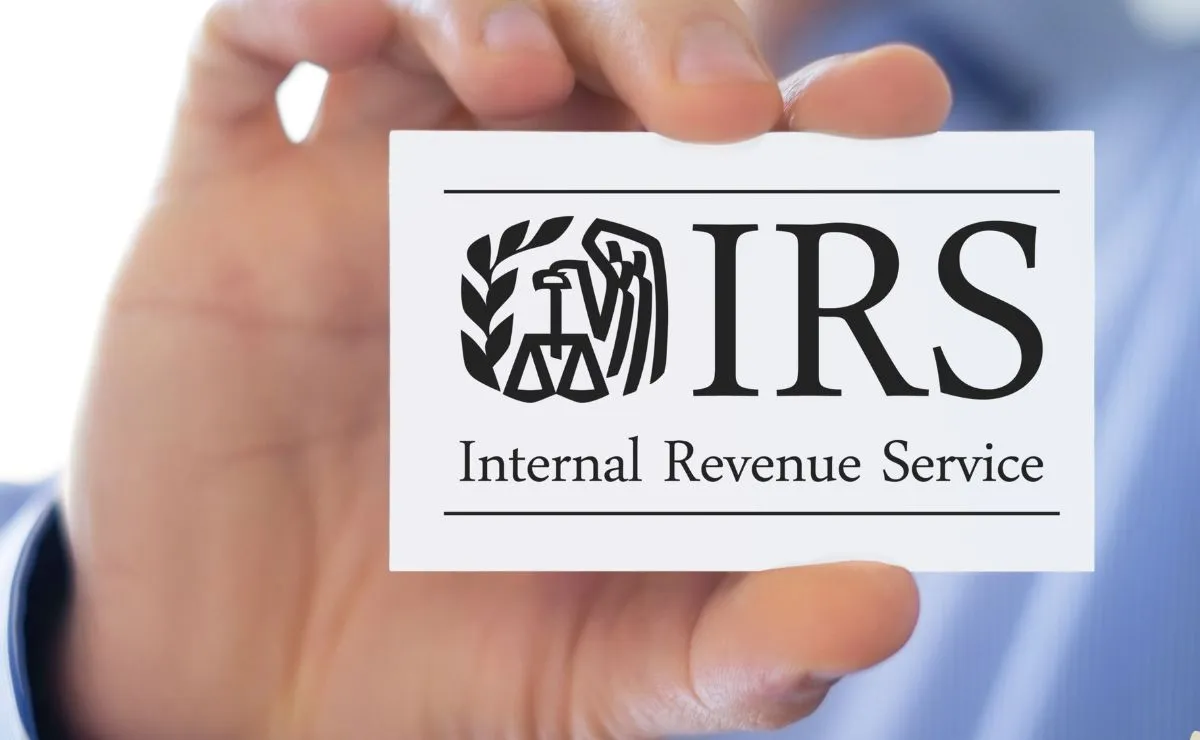In the United States, the IRS will implement three significant changes to the tax system in 2025, seeking to adjust tax contributions to the rising cost of living. These changes include updates to the tax brackets, the standard deduction and the Earned Income Tax Credit (EITC). These adjustments are intended to offset the impact of inflation on Americans’ incomes, preventing those who only increase their income to maintain their purchasing power from being subject to unfairly higher tax rates.
In addition, the Alternative Minimum Tax (AMT) has also been adjusted to ensure that high-income taxpayers meet a minimum tax burden, even if they get specific tax benefits. This measure ensures that the attorney system remains fair and progressive, distributing liabilities according to income. In this way, the IRS responds to current economic needs and seeks to create a better tax framework for taxpayers.
Tax brackets and standard deduction in 2025
The update in the tax brackets for 2025 is essential to avoid that the adjustment of income due to inflation implies higher taxes for those who only maintain their purchasing power. Tax brackets are income steps that determine the percentage of tax payable, and these increases ensure that workers do not pay more tax on income that only offsets inflation. In this way, taxpayers will maintain their appropriate tax bracket.
As for the standard deduction, which reduces taxable income, the amounts have been increased for all filing statuses. This provides additional relief by reducing the tax burden from the outset and preventing inflationary wage increases from affecting tax payments.
Earned Income Tax Credit (EITC)
The Earned Income Tax Credit is another important change in 2025, aimed at supporting low- and moderate-income families. The EITC will be increased, which will benefit families that meet certain requirements, such as income below USD 63,398 and investment income limitations below USD 11,000 by the tax year 2023.
Among the requirements to get this credit in 2025 are:
- Have worked and earned less than USD 63,398.
- Have investment income of less than USD 11,000.
- Possess a valid Social Security number and be a citizen or resident for the year.
- Meet the rules for married taxpayers who do not file a joint return.
This credit is especially beneficial for families with children, although it can also be claimed by qualifying childless households.
Alternative Minimum Tax (AMT)
The Alternative Minimum Tax (AMT) has been adjusted to ensure that high-income taxpayers, who get certain attorney benefits, pay a minimum amount of tax. This tax works by eliminating or reducing exclusions and deductions and applying specific rates to adjusted income, ensuring that the attorney system remains fair.
The objective of the AMT is that those with high incomes do not avoid taxes through exemptions or excessive deductions. Although the AMT impacts a small number of taxpayers, mainly high-income earners, the adjustments are key to maintaining the progressivity of the tax system.
These changes are aimed at modernising the attorney system
Note: Thank you for visiting our website! We strive to keep you informed with the latest updates based on expected timelines, although please note that we are not affiliated with any official bodies. Our team is committed to ensuring accuracy and transparency in our reporting, verifying all information before publication. We aim to bring you reliable news, and if you have any questions or concerns about our content, feel free to reach out to us via email. We appreciate your trust and support!
and treating taxpayers fairly in the face of the rising cost of living in the United States.
ChiefsFocus is a dedicated news writer with extensive experience in covering news across the United States. With a passion for storytelling and a commitment to journalistic integrity, ChiefsFocus delivers accurate and engaging content that informs and resonates with readers, keeping them updated on the latest developments nationwide.







